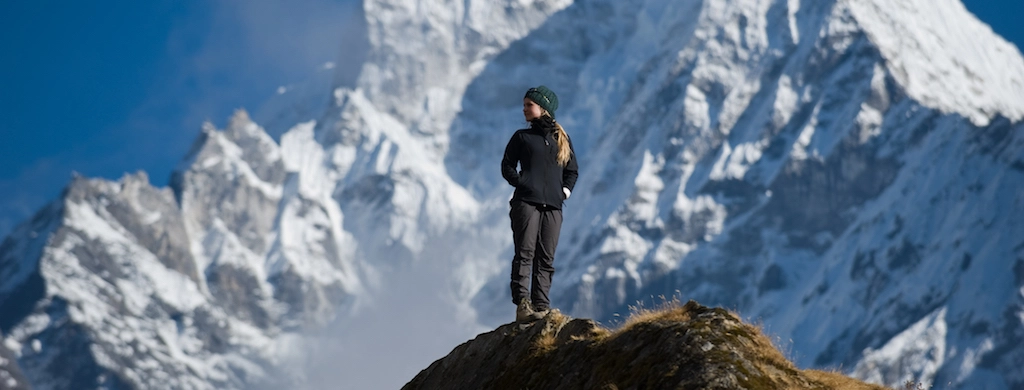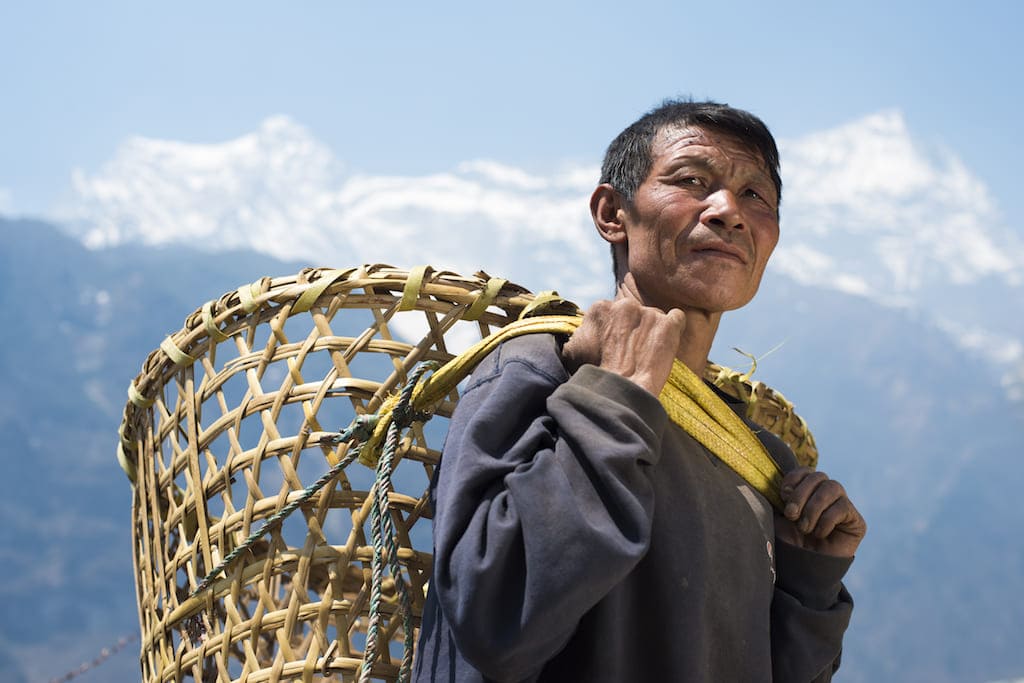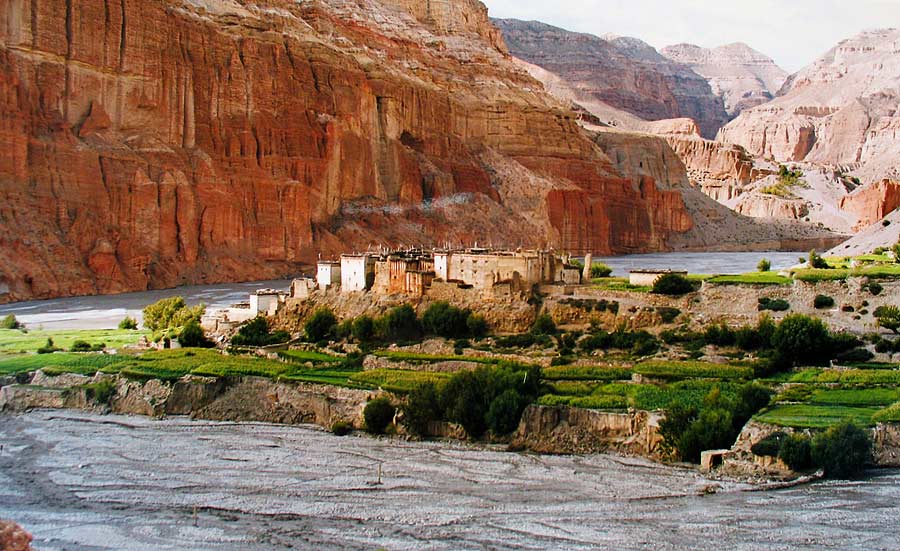You can contact us by e-mail or phone
from uk
01405 862917
outside uk
+44 1405 862917
01405 862917
+44 1405 862917
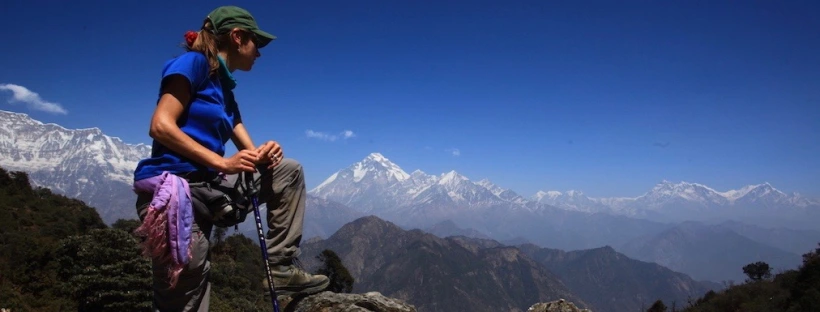
PREPARING FOR A NEPAL TREK-PART TWO-CHOOSING HIKING BOOTS
Snowcat
Arguably one of the most important decisions you’ll make is choosing your hiking boots for your Nepal trek.
Here’s how to choose a pair of hiking boots…
Who knows how many footsteps you’ll be taking on trek, perhaps thousands, even hundreds of thousands. A slight niggle with your hiking boots becomes amplified this many times on trek and so that slight niggle may just get worse and worse. In the worst case scenario, not being able to walk is the end of your trek. The indignity of being strapped onto a Yak for several days (and riding a Yak is seriously uncomfortable) as well as possibly passing trekkers going “tut, tut, should have bought the right boots” may just be too much to bear. Unless you’re travelling solo, you have quite probably ruined your partners/friends holiday too.
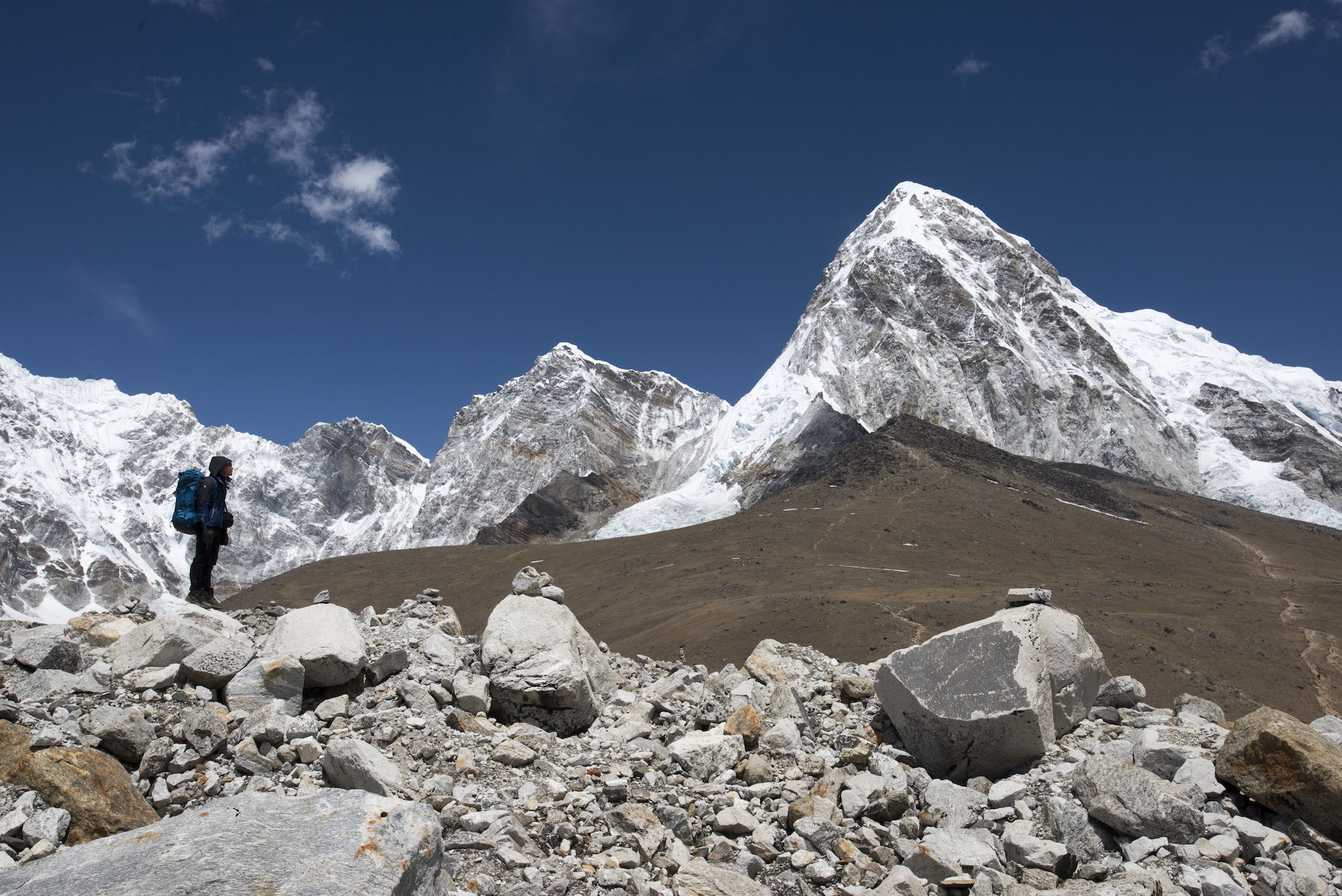
It’s highly unlikely that your travel insurers will be willing to fork out the several thousand dollars needed to send a helicopter as it’s not exactly a life threatening emergency.
It’s a walking holiday and so you are reliant upon your boots not letting you down. That means they need to be completely comfortable as well as being up to their ‘job’ too.
Now, it would be inappropriate for us to tell you which pair of boots you should buy. There are many reputable, quality hiking boot manufacturers. Plus, what boots we find comfortable, may not be comfortable for you. Of course feet come in different sizes, but in different shapes too….wide, narrow etc.
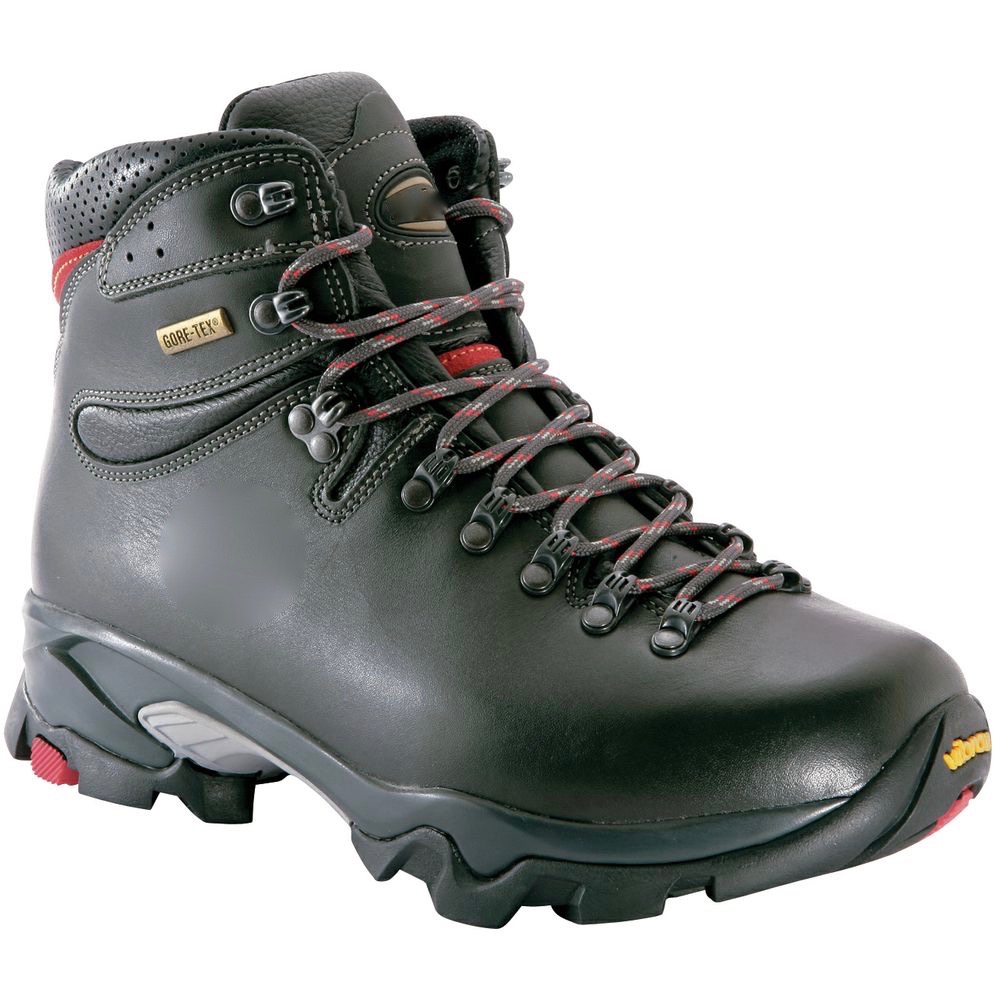
So, first of all you are going to need to try boots from different manufacturers to find the ones that suit your feet best and establishing the ideal boot size.
It’s not desirable to assume that because you are usually a size 10, then you’ll be a size 10 for a particular boot brand. Even if that turns out to be the case, that boot brand may not actually be suitable. The boots could be too loose in the width, or too narrow.
Let your feet do the talking first and foremost. Even if you do end up trawling the Internet to find your boots, you need to have tried them and tested them first.
Choose to visit a specialist outdoors shop and most importantly one that is staffed by people who are hikers themselves. They can usually provide great advice beyond just running back and forth with different pairs of boots. As well as comfort, they should also be able to guide you as to what will be up to the job too.
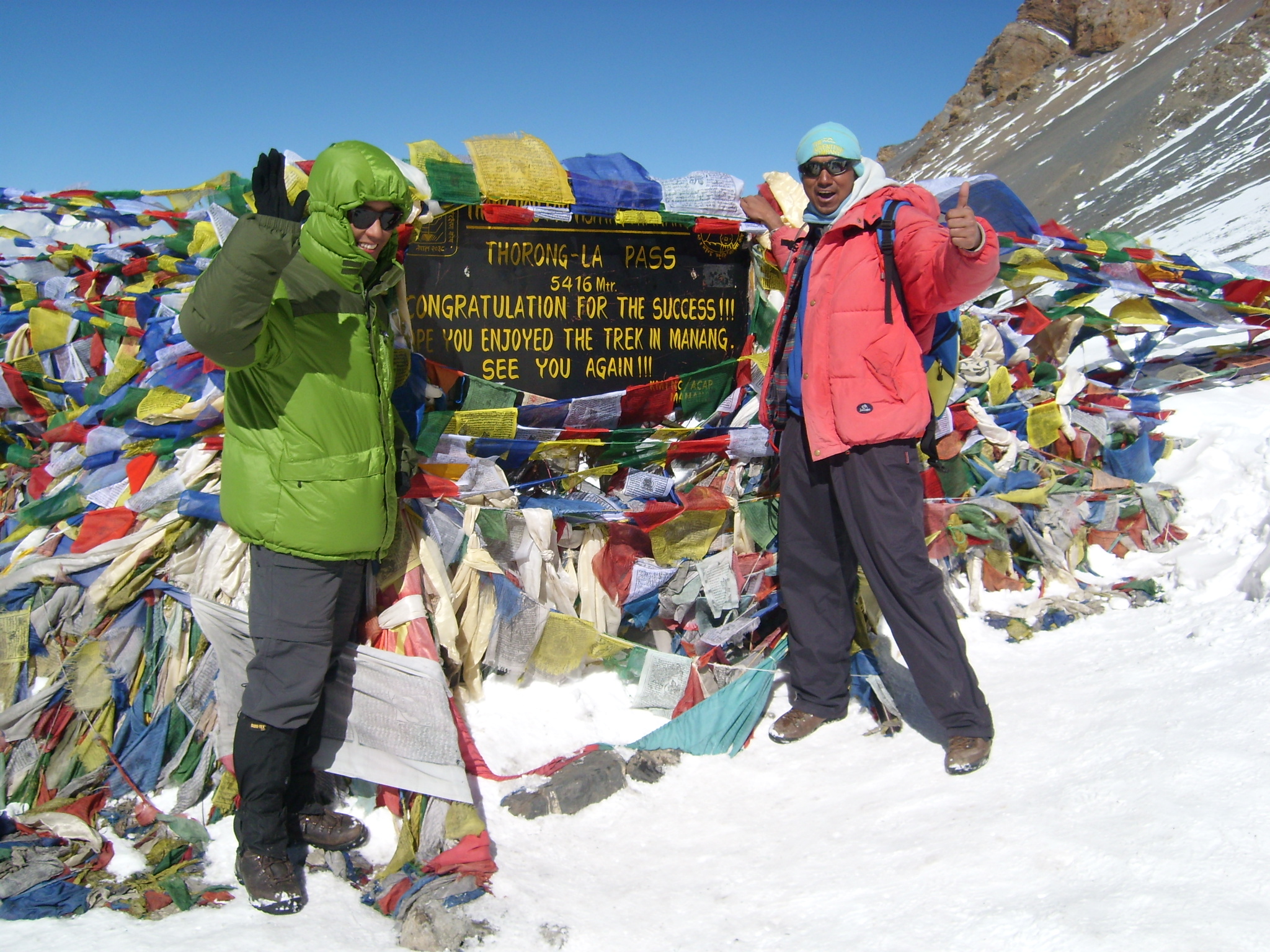
On the Annapurna Circuit Trek-Thorung La 5416m
You’re choosing function over fashion. That pair of shiny boots that look like you’re wearing peacock tails on your feet may look cool, but if they leak like sieves and afford your feet no protection (or comfort) then they may as well be peacock tails.
OK, so in a shop you cannot possibly test them out as if you were walking in the mountains. But, if it’s a good outdoors shop they should have a ramp for you to get the ‘feel’ of the boots. Your toes should not go the end of the boot. There needs to be a reasonable gap as when you are descending over steep terrain you don’t want your toes being scrunched up. It hurts and can create further problems with the feet.
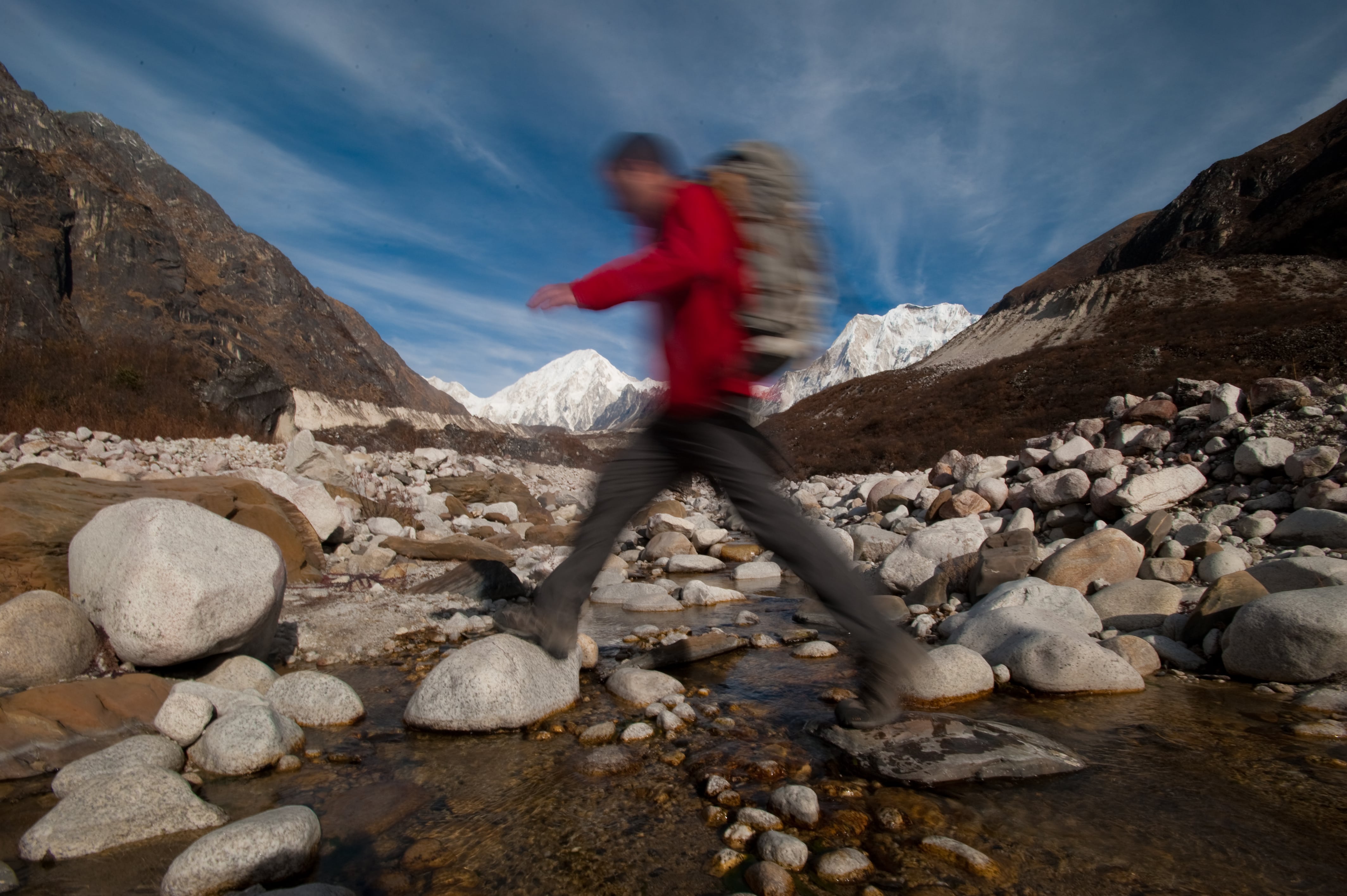
As we said before, listen to your feet and if there is discomfort, try a different pair. Again, a good outdoors shop assistant should be willing (and patient) to let you try out various boots and be encouraging you to test them out as well as can be done and listening to your feedback.
It’s a good idea to take along your usual hiking socks when trying on boots, although many outdoor shops will offer you a pair of ‘test socks’, they may not be a match to your usual ones. A quickie on socks. If you’re buying new boots you may also be treating yourself to some new hiking socks too. Ask the shop assistant to point out the ones that will work best with your new boots. Oh yes, different socks work optimally with different boots.
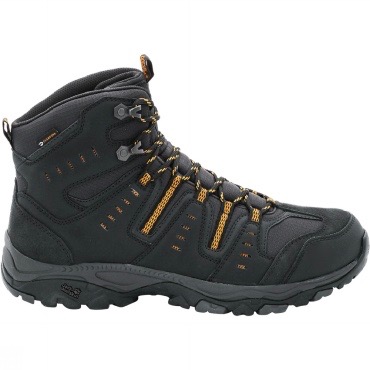
A friend of ours also suggests that trying on new boots is better in the afternoon. She explained that this is because our feet swell a bit after you’ve spent all day on them. As you’re wanting boots that will be comfy walking all day in, we can see the sense in that suggestion.
As well as comfort we’ve mentioned that the boots need to be up to the ‘job’ too.
That job is hiking for several days continuously over mountainous terrain. Do we really need to say that this will be outdoors and fully exposed the Himalayan weather?
The boots need to be waterproof. Properly waterproof. Not shower proof or water resistant. Waterproof. If you’re considering a lighter fabric boot (instead of a leather upper) then look for ones that have a waterproof membrane. Whilst the outer fabric may have some water resistance, if they’ve gotten a good soaking something has to give. The waterproof membrane, which is actually a kind of waterproof sock built into the boot, affords additional protection against wet feet.
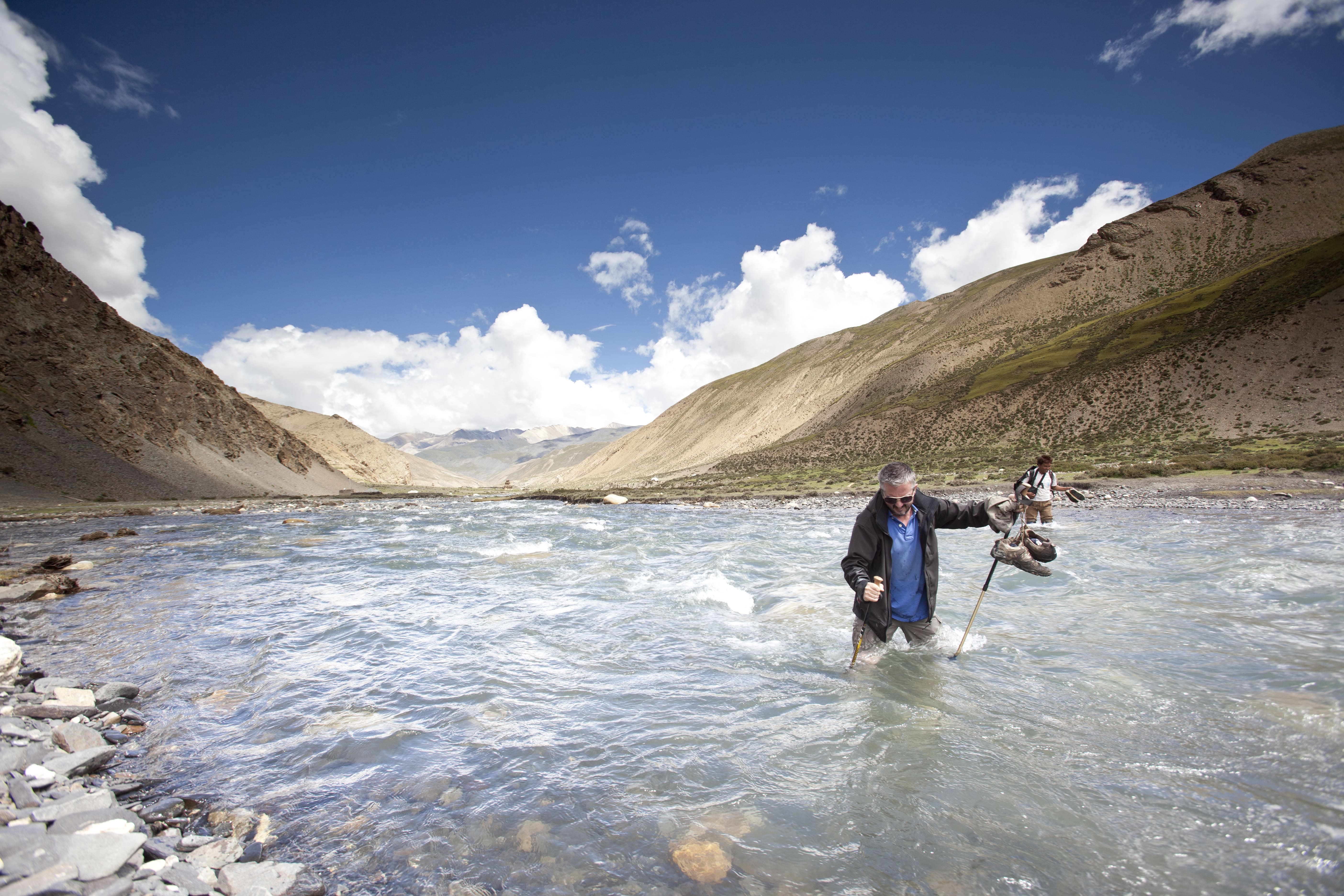
Inner Dolpo Trek to Shey Gompa
Good ankle support is important too. Nowadays many people go trekking wearing very good quality ‘approach shoes’. They are very light to wear and usually very comfy too. Our personal opinion (and it just a personal opinion) is that boots afford more in the way of ankle protection.
An easily done ‘turned ankle’ may just mean it’s ‘strapped onto the back of Yak’ time again and the end of the trek. Is it worth it?
A sturdy boot construction is essential too. Hiking boots vary, some are designed for nothing more than summer day walks. They are temptingly ‘as cheap as chips’, but they are not up to the job of a proper trek. They won’t be waterproof for starters (waterproof boots are not cheap), they’ll have too much ‘bend’ in them and although comfy to walk in inside a shop, will soon begin to feel uncomfortable walking for day after day on rough trails as they are not affording your feet a great deal of protection. A good hiking boot should feel a little stiff in the base. Not too stiff as to not allow any bend at all (that gets uncomfortable after a while too), but you need to be able to feel that they have some ‘give’ in them.
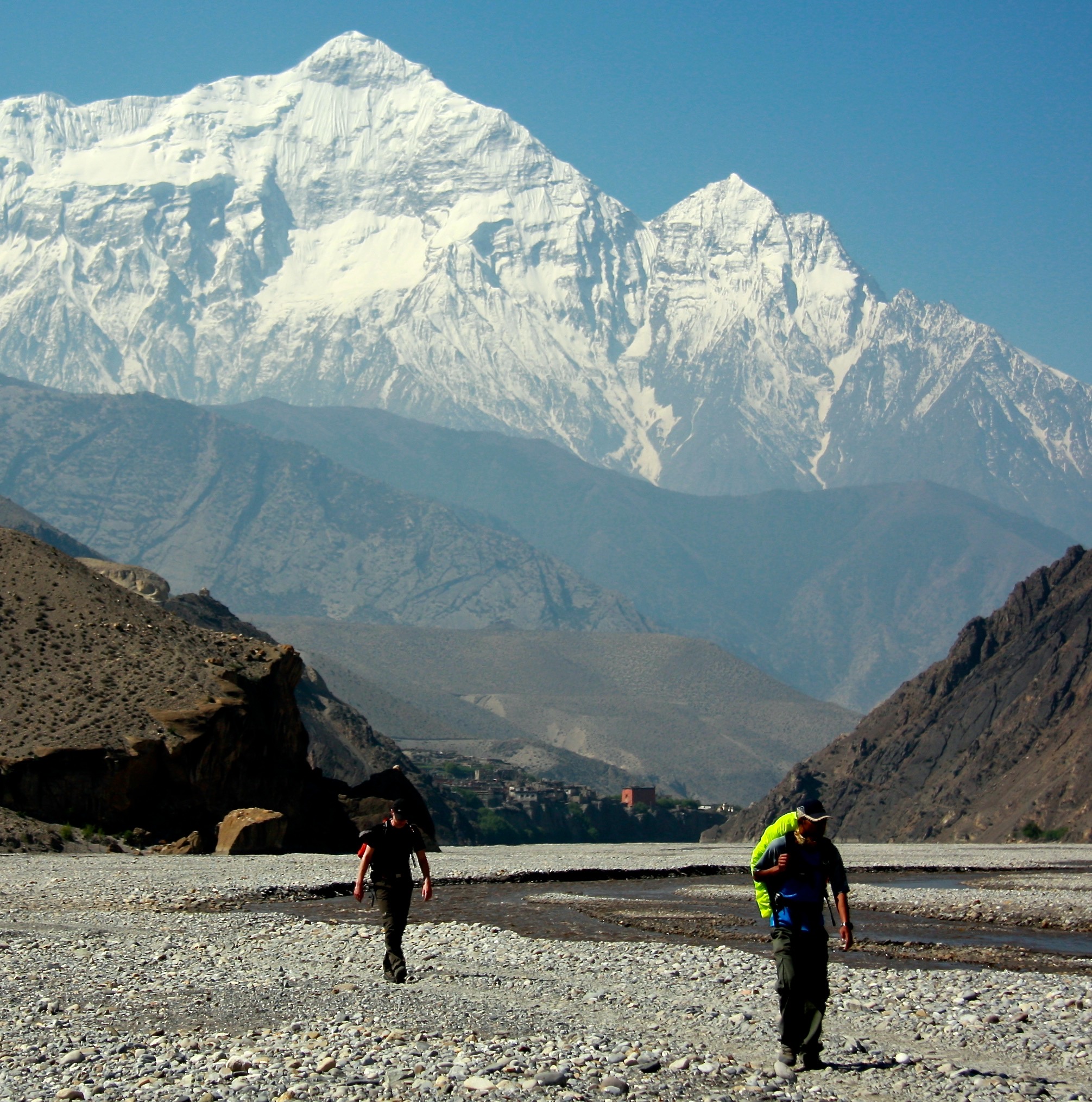
That brings us on to the sole. If you’re not entirely sure about this, then have the shop assistant advise you. Those ‘cheap as chips’ boots will have a rubber sole that is not made from a strong compound. Press hard and you’ll sense it feeling ‘spongey’. The tread will wear away very quickly and on mountain trails you want continuous grip. That’s not what these ‘cheap as chips’ boots are designed for. So, take a look at the sole of the boot. It should feel tough and ‘solid as a rock’.
Think about your toes. Give them some protection too. A good pair of hiking boots should have toe protection built into them. Compare a hiking boot that has toe protection, with those ‘cheap as chips’ boots that don’t. How would fancy clanging your toes against a rock in the latter? Yes, it’s going to hurt, or even damage your toes and making That brings us on to the sole. If you’re not entirely sure about this, then have the shop assistant advise you. Those ‘cheap as chips’ boots will have a rubber sole that is not made from a strong compound. Press hard and you’ll sense it feeling ‘spongey’. The tread will wear away very quickly and on mountain trails you want continuous grip. That’s not what these ‘cheap as chips’ boots are designed for. So, take a look at the sole of the boot. It should feel tough and ‘solid as a rock’.
Think about your toes. Give them some protection too. A good pair of hiking boots should have toe protection built into them. Compare a hiking boot that has toe protection, with those ‘cheap as chips’ boots that don’t. How would fancy clanging your toes against a rock in the latter? Yes, it’s going to hurt, or even damage your toes and making walking painful or impossible and it’s only a toe!
Should you buy leather boots or fabric boots? That’s more a question of personal preference. But, either way the boots need to tick the boxes mentioned above. and it’s only a toe!
Should you buy leather boots or fabric boots? That’s more a question of personal preference. But, either way the boots need to tick the boxes mentioned above.
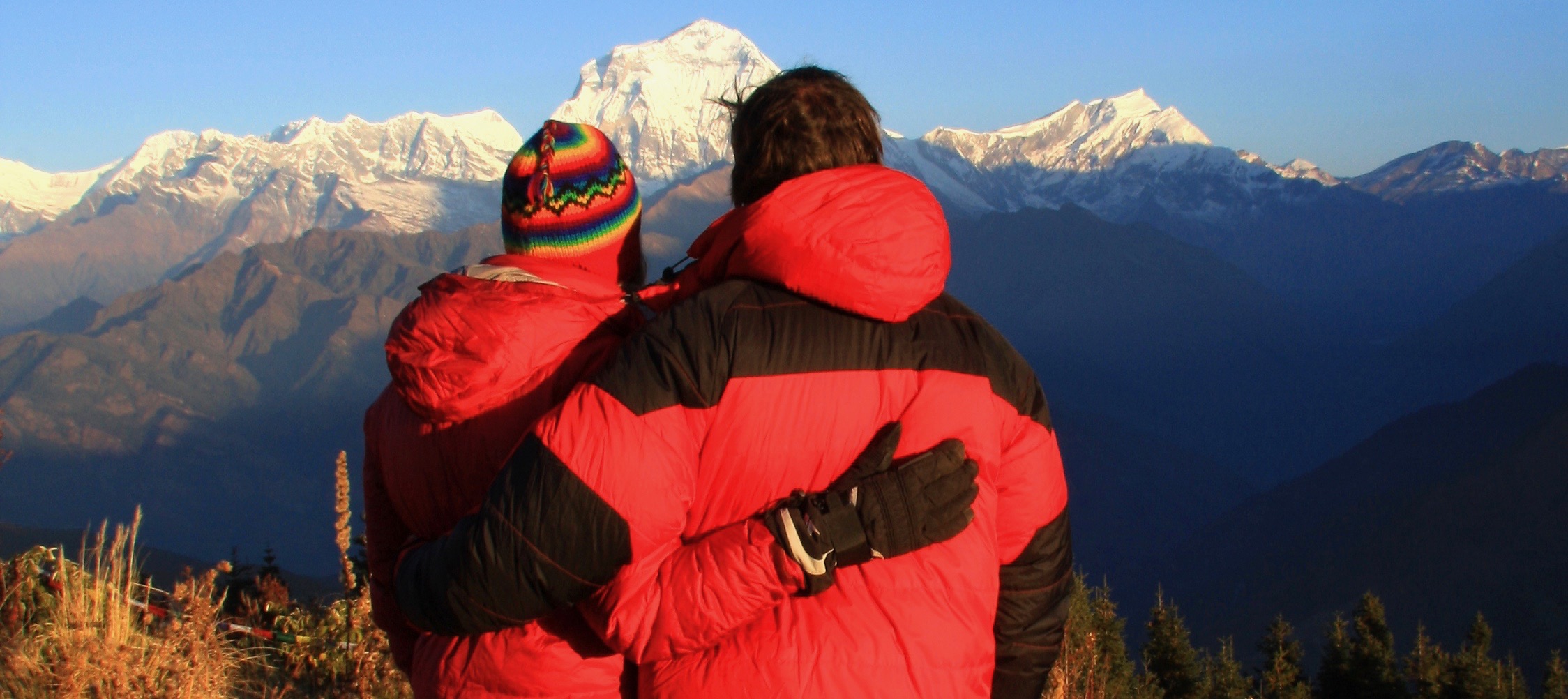
At Poon Hill for a panoramic Himalayan sunrise-The Poon Hill Trek
Now, it may well be that you’re already a keen hiker and those ‘old faithful’ boots that fit you like a glove but have seen better days may be questionable. Only you can answer as to whether you think it’s time to reluctantly say goodbye to your boots. If you’re anything like us, consigning old boots to the bin (recycle them if you can) is very hard. It’s like saying goodbye to a long and trusted friend. All the same, a forthcoming Himalayan trek is often a good excuse to get a new pair of boots.
Chances are your old pair of boots have been serving you for years.
But, whether you’re looking to buy your first pair of hiking boots or replace ‘old faithfuls’ the principles above apply equally.
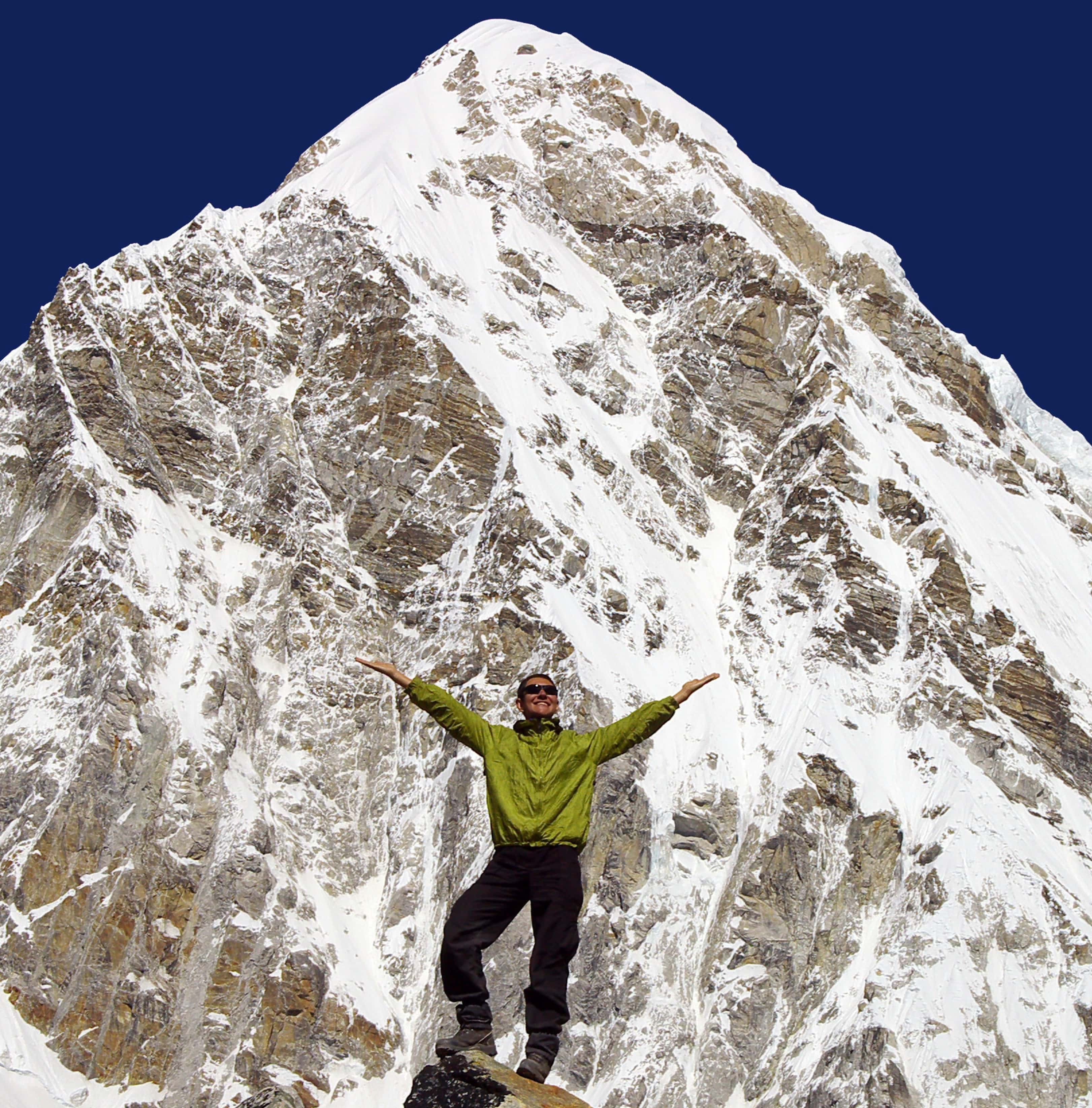
Beneath Pumori-Everest Base Camp Trek
As the boots should feel comfy in the first place, they will still feel a little stiff at first. There’s a lot of dynamics going on in a hiking boot. Materials, stitching etc is all super tight in a brand new boot, but with walking that begins to stretch. Same with that stiff sole. It does the same too. In actual fact this means that the boot eventually becomes super comfy as your feet and boot adjust to one another. Just like your ‘old faithful’ boots did all those years ago.
So, we think that you need to get your new boots well and truly ‘broken in’ well before you start your Nepal trek. This is particularly the case with boots that have a leather upper.
Now some people say that you don’t need to break in fabric boots as they are more supple than leather boots from the outset.

Approaching Annapurna Base Camp-Annapurna Sanctuary Trek
We disagree slightly. Sure, a pair of fabric boots for day hike summer use will be loose enough. But, a fabric boot constructed with more serious use in mind (in our opinion) is rather more sturdily constructed and as a result stiffer, particularly around the ankle area.
Realistically, you’re looking at £75-£120 for a pair of boots that would be suitable for most Himalayan treks. As with many things, price is usually indicative of quality. But, those boots will not only be suitable for your Nepal trek. They will last well beyond that.
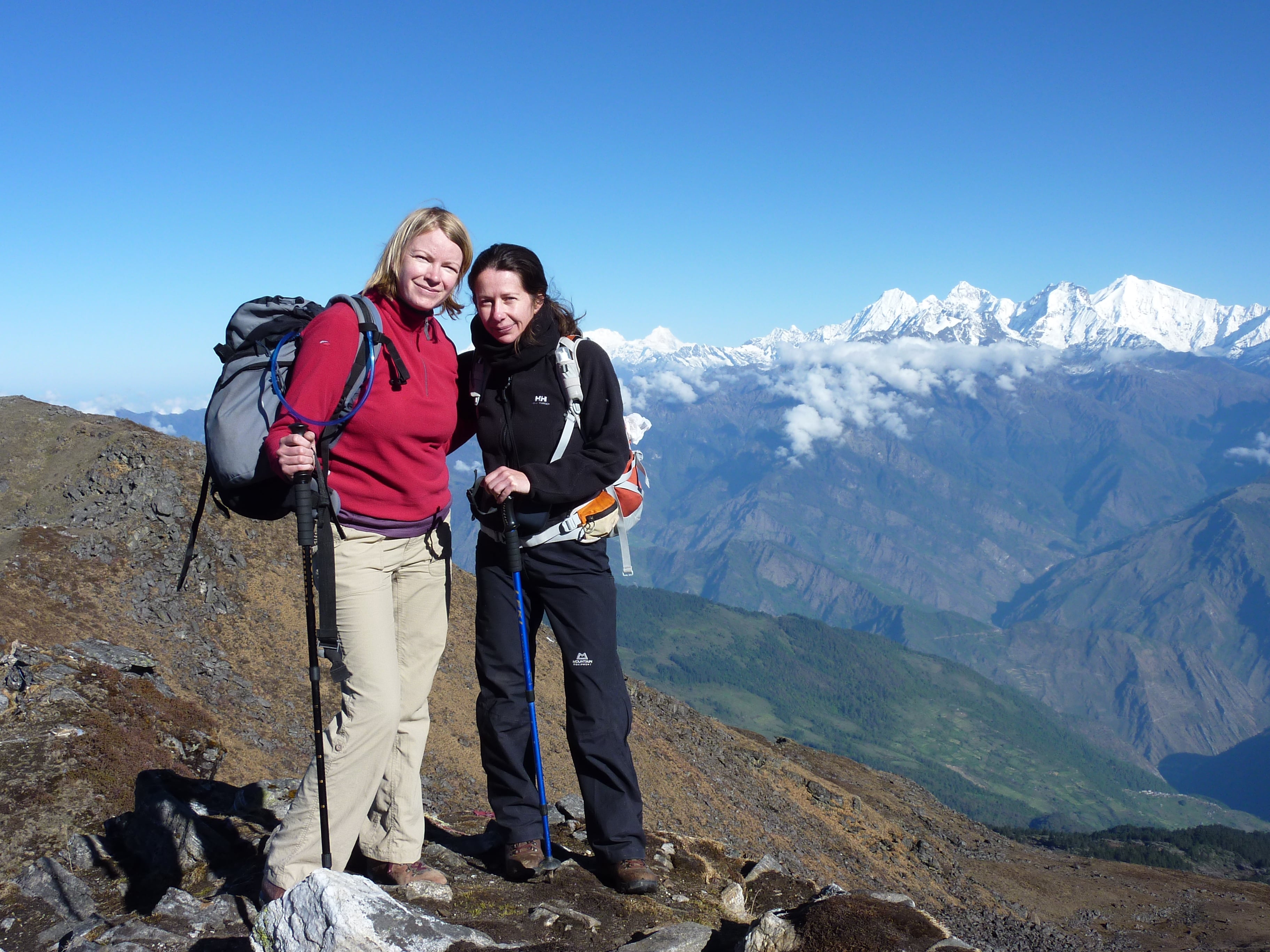
The ‘cheap as chips’ boots will not only most likely let you down in some way on your trek, they don’t last very long either. There’s nothing wrong (in principle) with ‘cheap as chips’ boots. They do what they are designed for, nothing more. Sure, you could pick a pair for around £25-£35 and maybe get away with it if you’re lucky and are happy with potentially having wet feet and a couple of sore toes.
But, for most people trekking in Nepal is a once in a lifetime moment. Isn’t that in itself reason alone to ensure your boots don’t spoil it?
In our next blog we’ll be looking at what to bring with you on a trek in the Nepal Himalayas.


All rights reserved. Snow Cat Travel is a Registered Trade Mark UK 00003289264

